Alan Berg
I am an author and consult about Analytics, IT automation, Quality… Meer over Alan Berg
In this blog, I discuss AI within Europe from the perspective of impacting Vocational training.
The Economic impact of the use of AI within Europe is enormously significant, by 2030 for the North of Europe AI is estimated to impact to the tune of approximately 10% of GDP (1.8 trillion dollars) and 11.5% of Southern of GDP (0.7 trillion dollars).
Compared to America and China Europe is lagging with the combination of both by 2030 accounting for 70% of the global Economic impact (10.7 trillion dollars).
Eurostat keeps track of digital readiness via a composite set of metrics known as the digital intensity index. The north is in general more developed than the south.
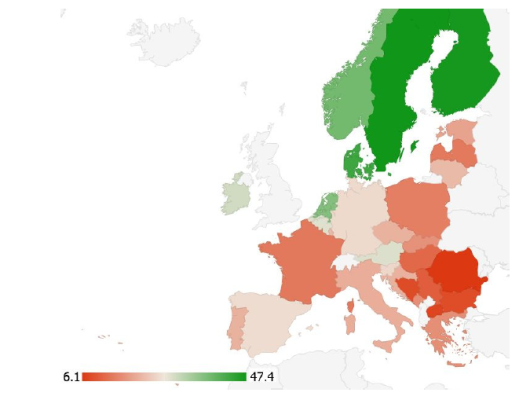
You can see the digital divide as also an AI divide. As an example, if you look at SMEs (Companies with less than 250 employees) that develop their own AI technologies then the North and the Dutch score well.

NL sits high in its adoption and monetization of AI. I doubt it is a coincidence that we score high on the European Index of Digital Entrepreneurship.
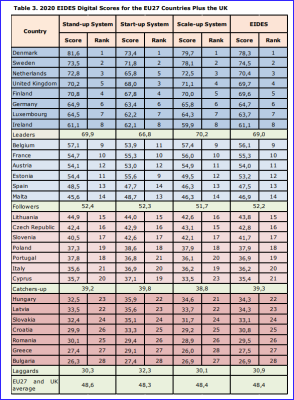
The European Commission has set measurable targets for 2030 including the expansion of the ICT workforce from 12 million to 20 million with gender balancing. And, that 75% of EU companies are expected to use the Cloud/AI/Big Data.
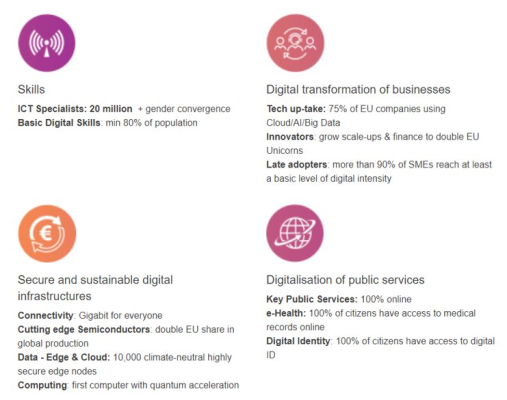
It is also noticeable that the European Commission is a Global leader in defining societally impacting legal frameworks. As the legal landscape changes and laws enforced expect news headlines and changes in company practices. Just in time to influence the societal impact of generative AI and the emergence of new abilities.
The most exposed jobs to the advancement of Artificial intelligence are highly skilled (Managers, Chief executives and Engineers). With 2 out of 5 companies in a Global survey from OECD registering a lack of skills. Therefore, there is a skill shortage which will and is acting as a barrier to the adoption of AI.
The disabled are mostly likely to be helped by AI and older and low-skilled workers face the most harm from AI. The impact on the labor market stimulates conversation around the support for a skilled workforce via the Vocational Training path.
Enter this blogger. I split my work in two, one of my day jobs is as a product owner and data scientist within a hardworking, data team at the central IT services for the University of Amsterdam. The other is a senior researcher working with Assistant Professor Stefan Mol of the Amsterdam Business School and Dr. Scott Harrison and Dr. Gabor Kismihok, research lab leader (Lab Learning and Skill Analytics) from TIB Hanover, in a European project named AI4VET4AI. The primary goal of the project is to support and foster the growth of a skilled workforce in the field of artificial intelligence (AI). The objective is to establish a transnational European platform for vocational education and training (VET) excellence. This is achieved in collaboration with 27 partner organizations in 11 countries.
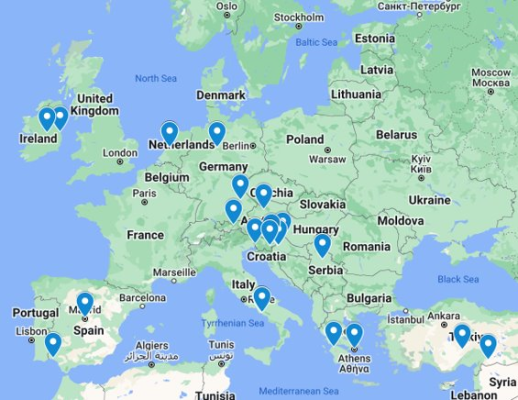
The project involves review and understanding of curriculum needed for improving the AI talent pool, the skill sets needed for specific occupations, the creation of 11 related MOOCs and the establishment of 5 entrepreneurial hubs. I am involved in establishing research methods, deployment of a pan-European survey and other quantitative methods such as Job Market Intelligence, the use of national statistics and bibliometrics.
I will report back in a later blog as the AI4VET4AI evidence and deliverables mature.
I am an author and consult about Analytics, IT automation, Quality… Meer over Alan Berg
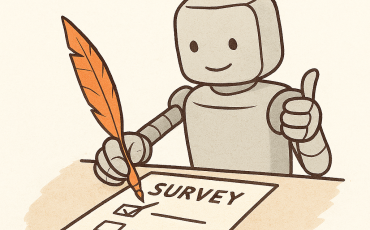
0 Praat mee